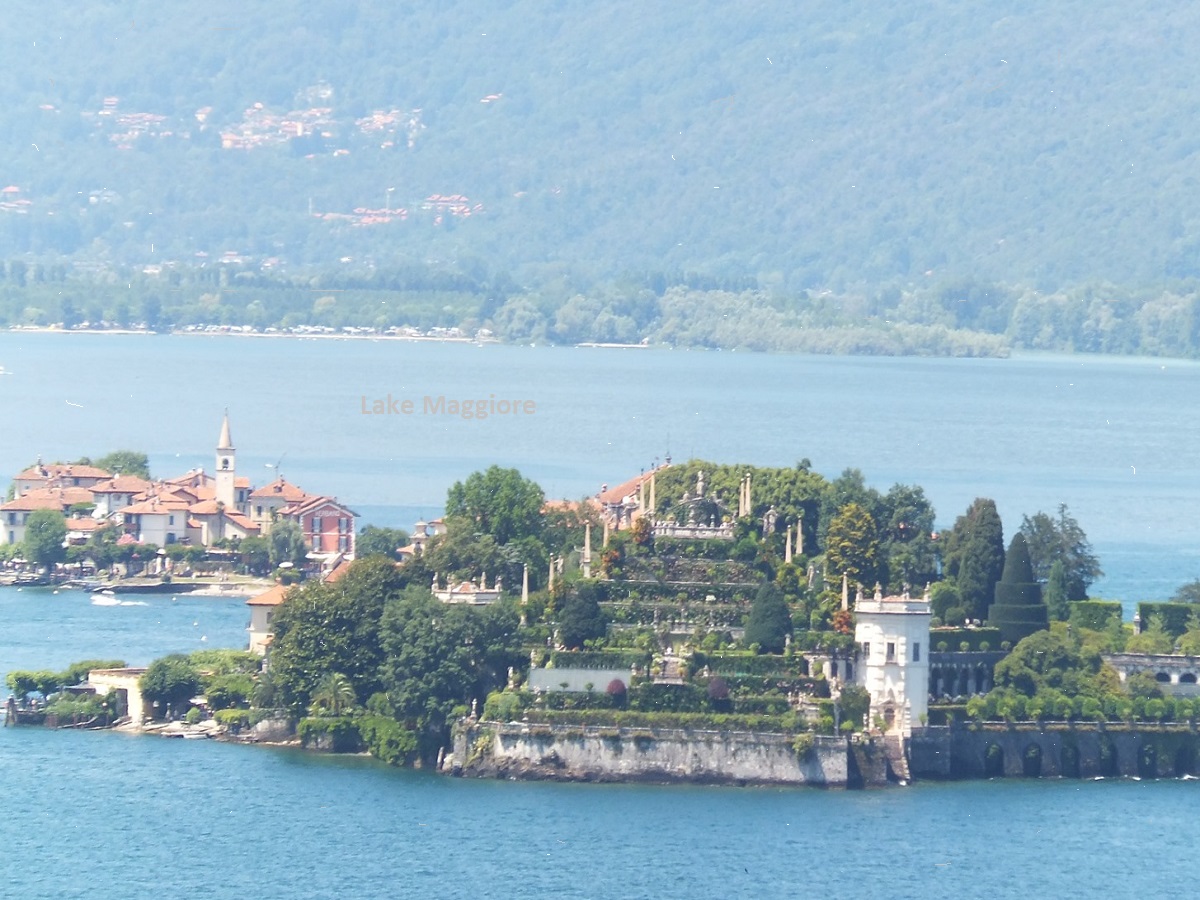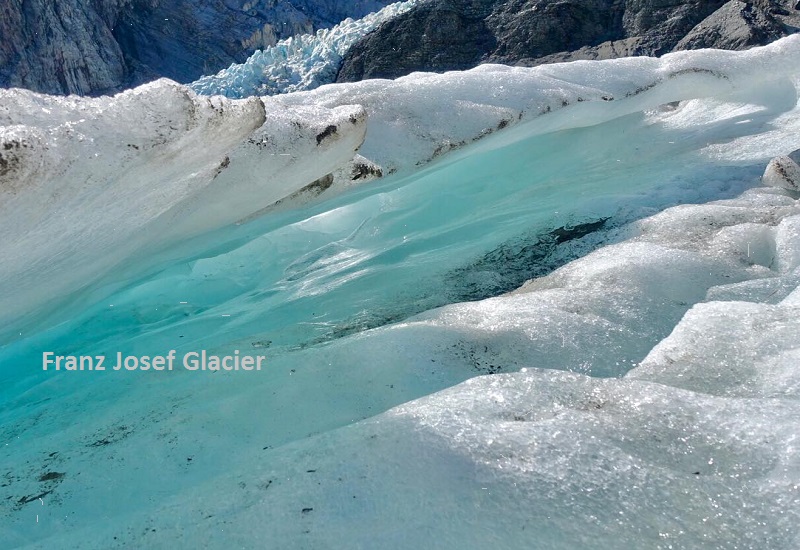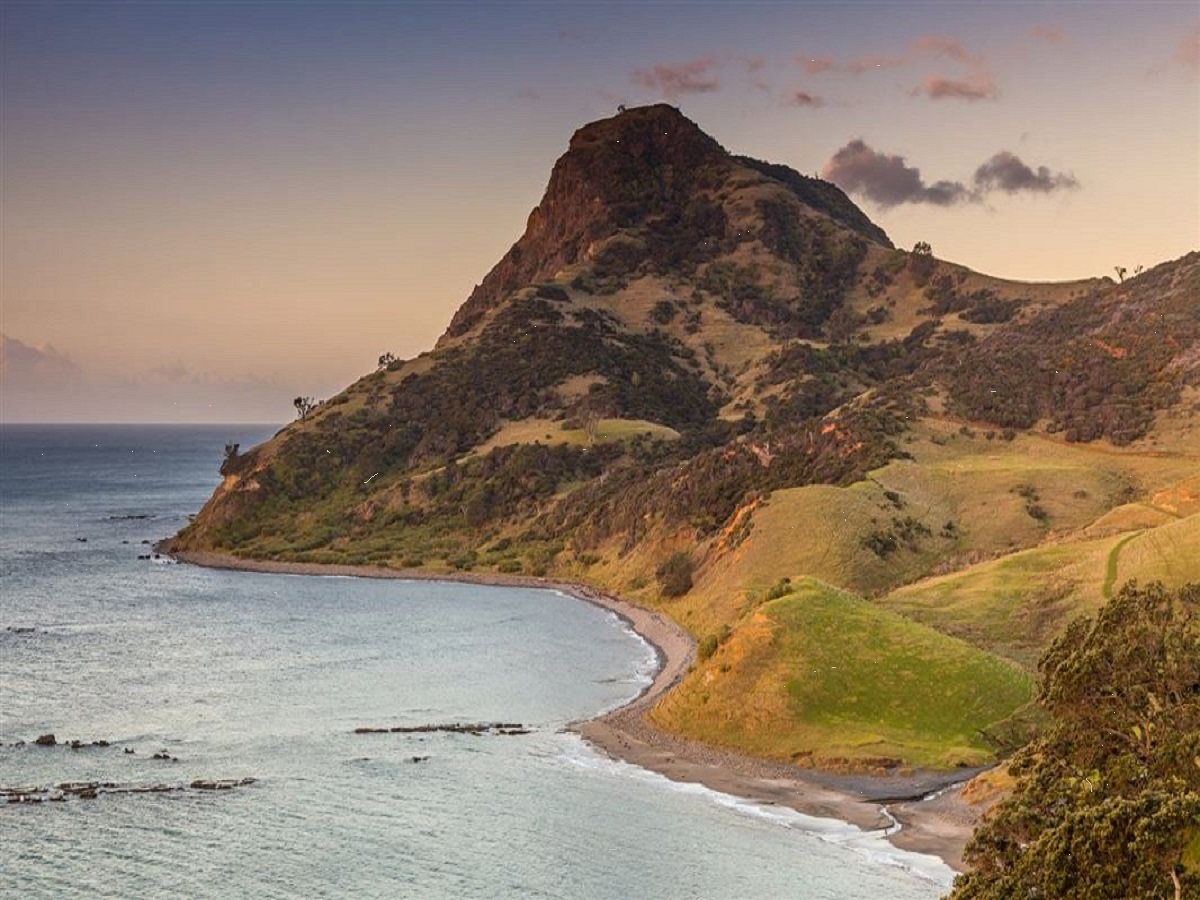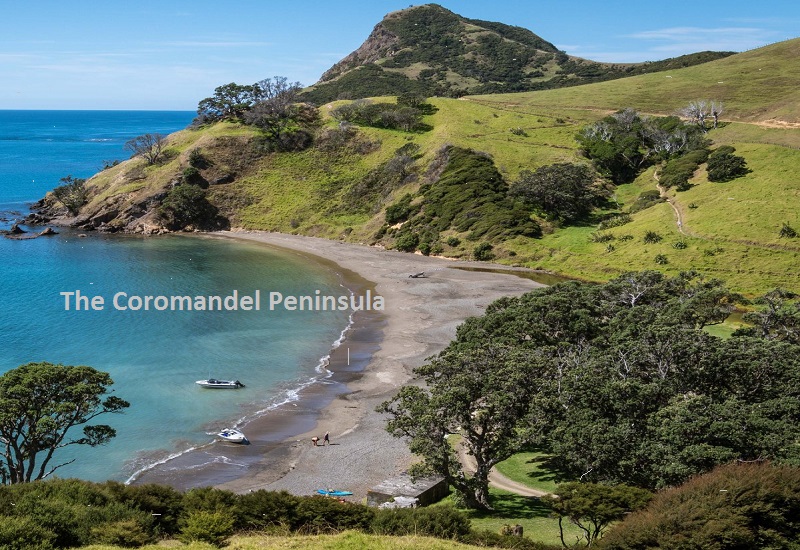Lake Maggiore is one of Italy’s largest and most beautiful lakes, renowned for its stunning landscapes, charming towns, and historical significance. Located in the northern part of Italy and extending into Switzerland, Lake Maggiore attracts tourists from around the world with its serene waters and breathtaking surroundings. One intriguing aspect of this lake is its depth, which plays a crucial role in its ecological balance, geological history, and cultural significance. In this article, we will explore how deep Lake Maggiore is and delve into its fascinating features and attractions.
Geographic Overview of Lake Maggiore
Lake Maggiore, also known as Lago Maggiore, is the second-largest lake in Italy and the largest in southern Switzerland. It stretches over 212.5 square kilometers (82.1 square miles) and spans approximately 64.37 kilometers (40 miles) in length. The lake is nestled between the regions of Piedmont and Lombardy in Italy and the Swiss canton of Ticino. The lake is fed by several rivers, including the Ticino, which is its main tributary, and it drains into the Po River, Italy’s longest river.
Lake Maggiore is characterized by its picturesque surroundings, with the majestic Alps forming a stunning backdrop. The lake is surrounded by lush vegetation, including palm trees, olive groves, and vibrant gardens, contributing to its unique Mediterranean microclimate.
Depth of Lake Maggiore
Lake Maggiore is renowned for its considerable depth, which is an essential aspect of its overall character and ecology. The maximum depth of Lake Maggiore is approximately 372 meters (1,220 feet), making it one of the deepest lakes in Europe. This depth is recorded near the lake’s southern end, close to the town of Luino. The average depth of the lake is around 177 meters (580 feet).
Factors Influencing Lake Depth
Several geological and environmental factors contribute to the depth of Lake Maggiore:
- Glacial Origins: Like many of the lakes in the region, Lake Maggiore was formed during the last glacial period, approximately 10,000 to 15,000 years ago. Advancing glaciers carved out the lake basin, creating its significant depth as they retreated.
- Tectonic Activity: The area around Lake Maggiore is geologically active due to the convergence of the Eurasian and African tectonic plates. Tectonic forces have contributed to the lake’s depth by uplifting and folding the surrounding mountains, further deepening the basin.
- Sedimentation: Sediment deposition from rivers and streams flowing into the lake also affects its depth. Over time, sediment can accumulate on the lakebed, altering its depth and shape.
Significance of Lake Maggiore’s Depth
The depth of Lake Maggiore has several implications for its ecosystem, water quality, and human activities:
Ecological Impact
The lake’s depth plays a crucial role in shaping its ecological characteristics and supporting diverse aquatic life:
- Thermal Stratification: During the warmer months, Lake Maggiore experiences thermal stratification, with distinct layers of water at different temperatures. The epilimnion, or upper layer, is warmer, while the hypolimnion, or lower layer, remains cooler and more stable. This stratification influences nutrient distribution and oxygen levels, impacting the lake’s ecosystem.
- Biodiversity: The depth and varied habitats of Lake Maggiore support a rich diversity of aquatic species, including fish, invertebrates, and plants. The lake is home to several fish species, such as perch, pike, whitefish, and trout, which thrive in different depths and temperature ranges.
Water Quality and Environmental Concerns
Lake Maggiore’s depth affects its water quality and susceptibility to environmental changes:
- Oxygen Levels: The deep waters of Lake Maggiore tend to have lower oxygen levels, especially in the hypolimnion during periods of thermal stratification. This can lead to hypoxic conditions, affecting the survival of certain fish species and other aquatic organisms.
- Nutrient Cycling: The depth of the lake influences nutrient cycling and distribution. Nutrients are exchanged between the surface and deeper waters through mixing processes, affecting primary productivity and the overall health of the lake ecosystem.
Recreational and Economic Importance
Lake Maggiore’s depth and stunning surroundings make it a popular destination for recreational activities and tourism:
- Boating and Water Sports: The lake’s deep waters are ideal for various water-based activities, including sailing, windsurfing, kayaking, and jet skiing. The scenic beauty and calm conditions make it a favorite spot for both amateur and professional water sports enthusiasts.
- Fishing: Lake Maggiore is a popular fishing destination, attracting anglers seeking to catch species like perch, pike, and carp. The lake’s depth and diverse habitats support a healthy fish population, offering opportunities for both recreational and commercial fishing.
- Tourism: The natural beauty and historical attractions surrounding Lake Maggiore draw tourists from all over the world. The tourism industry significantly contributes to the local economy, providing jobs and supporting businesses in the region.
Attractions Around Lake Maggiore
Beyond its depth, Lake Maggiore offers a wealth of attractions and activities for visitors to explore and enjoy:
Scenic Towns and Villages
The towns and villages surrounding Lake Maggiore are known for their charm, history, and cultural heritage:
- Stresa: A popular resort town on the lake’s western shore, Stresa is known for its elegant villas, beautiful gardens, and stunning views of the Borromean Islands. The town hosts various cultural events and offers excellent shopping and dining options.
- Verbania: As the largest town on Lake Maggiore, Verbania is a bustling hub with beautiful parks, historic sites, and vibrant markets. Visitors can explore the stunning Villa Taranto Botanical Gardens, home to a diverse collection of plants from around the world.
- Cannobio: Located near the northern tip of the lake, Cannobio is a charming town with a picturesque old town, a lively Sunday market, and beautiful beaches. Its scenic promenade offers stunning views of the lake and surrounding mountains.
Borromean Islands
The Borromean Islands are a group of small islands located in the western part of Lake Maggiore, known for their stunning gardens, palaces, and cultural attractions:
- Isola Bella: Famous for its opulent Baroque palace and terraced gardens, Isola Bella is a must-visit destination for those exploring Lake Maggiore. The island’s gardens feature a rich collection of exotic plants, sculptures, and fountains.
- Isola Madre: The largest of the Borromean Islands, Isola Madre is known for its lush botanical gardens and historic villa. The island is home to a diverse range of plants, peacocks, and other wildlife, offering a tranquil escape for nature lovers.
- Isola dei Pescatori: Also known as Fishermen’s Island, Isola dei Pescatori is a charming fishing village with narrow streets, traditional houses, and waterfront restaurants. Visitors can enjoy fresh seafood and experience the island’s authentic atmosphere.
Outdoor Activities
The natural beauty surrounding Lake Maggiore provides ample opportunities for outdoor enthusiasts:
- Hiking and Biking: Numerous trails wind through the surrounding mountains, offering breathtaking views of the lake and the Alps. Popular routes include the Sentiero del Viandante and the Monte Mottarone trails.
- Gardens and Parks: The region boasts beautiful gardens and parks, such as the Villa Taranto Botanical Gardens in Verbania and the Giardino Botanico Alpinia near Stresa, providing serene spaces to relax and enjoy nature.
- Golf: Lake Maggiore is home to several golf courses that offer stunning views and challenging layouts for golf enthusiasts. Courses such as Golf Club des Iles Borromées and Golf Club Alpino di Stresa provide memorable golfing experiences amidst the natural beauty of the region.
Conclusion
The depth of Lake Maggiore is a defining feature that shapes its ecosystem, water quality, and appeal as a tourist destination. With its glacial origins, ecological significance, and diverse recreational opportunities, Lake Maggiore offers a captivating experience for visitors and locals alike. Whether you are drawn to its natural beauty, cultural attractions, or outdoor activities, Lake Maggiore promises a rich and rewarding journey through one of Europe’s most enchanting lakes.





Leave a Reply